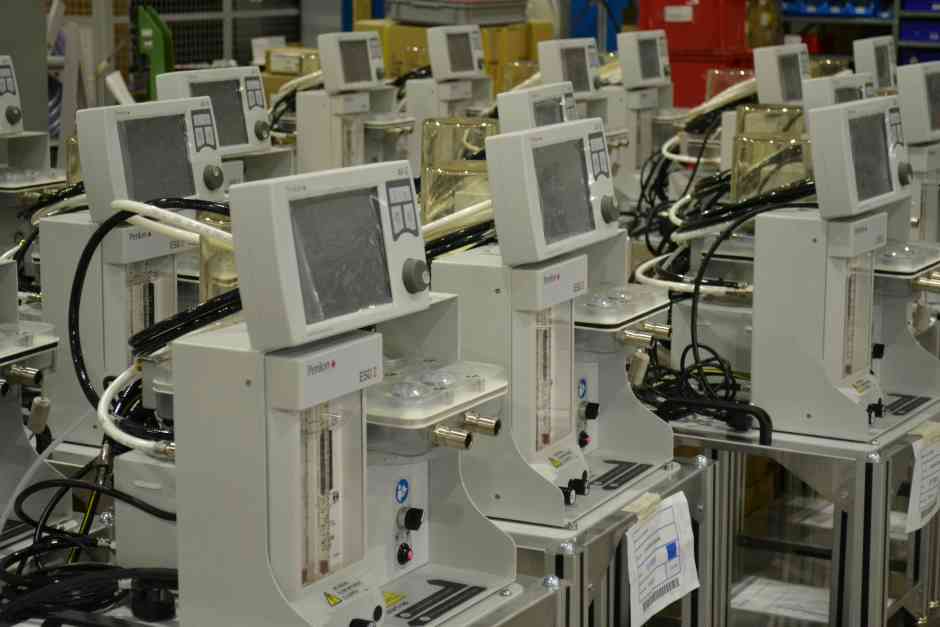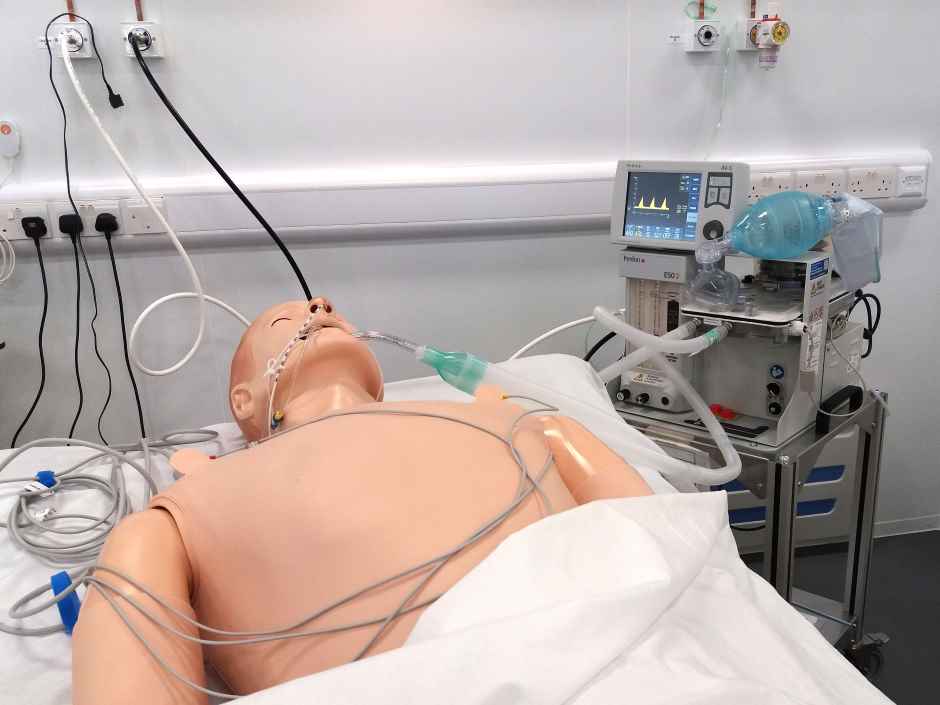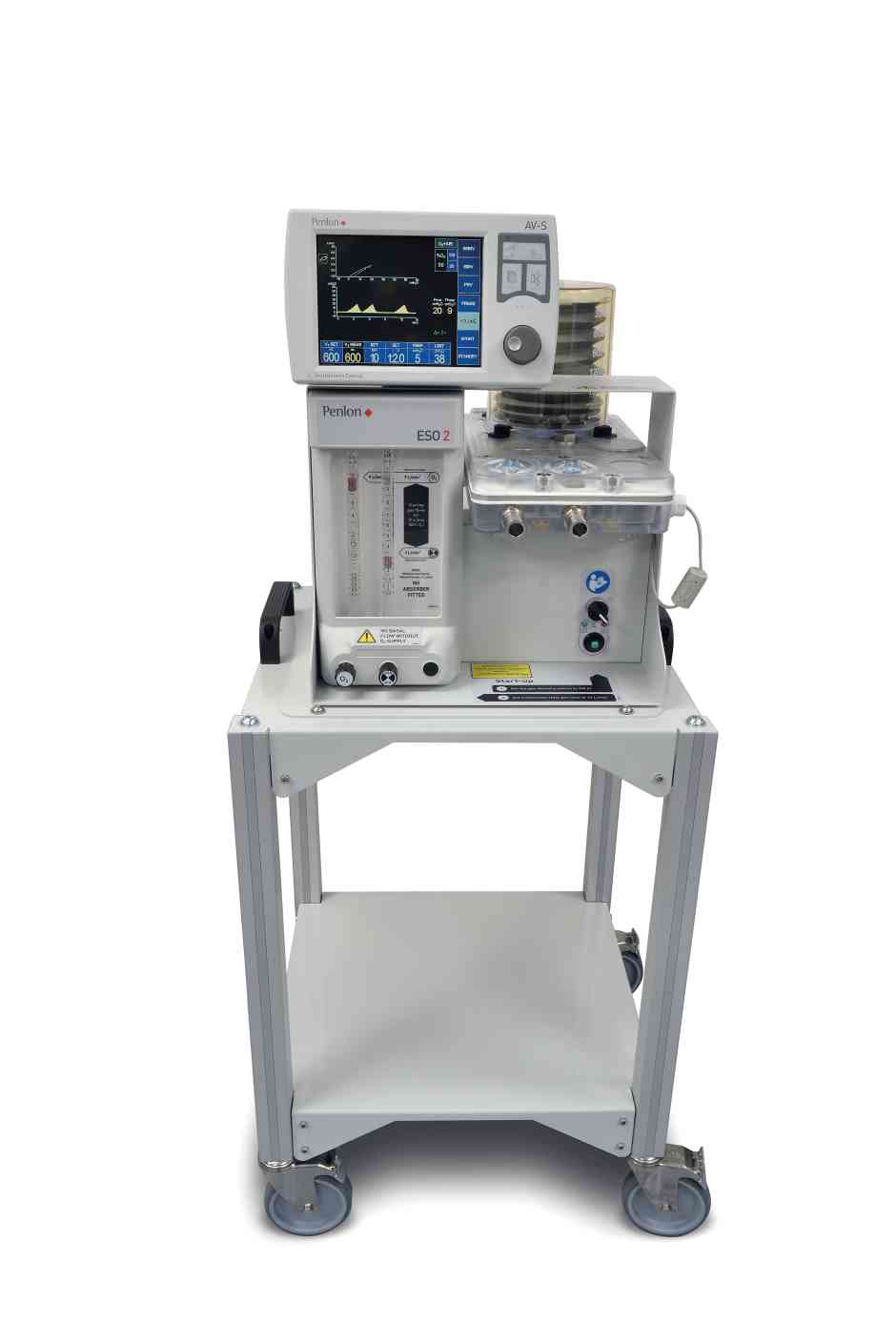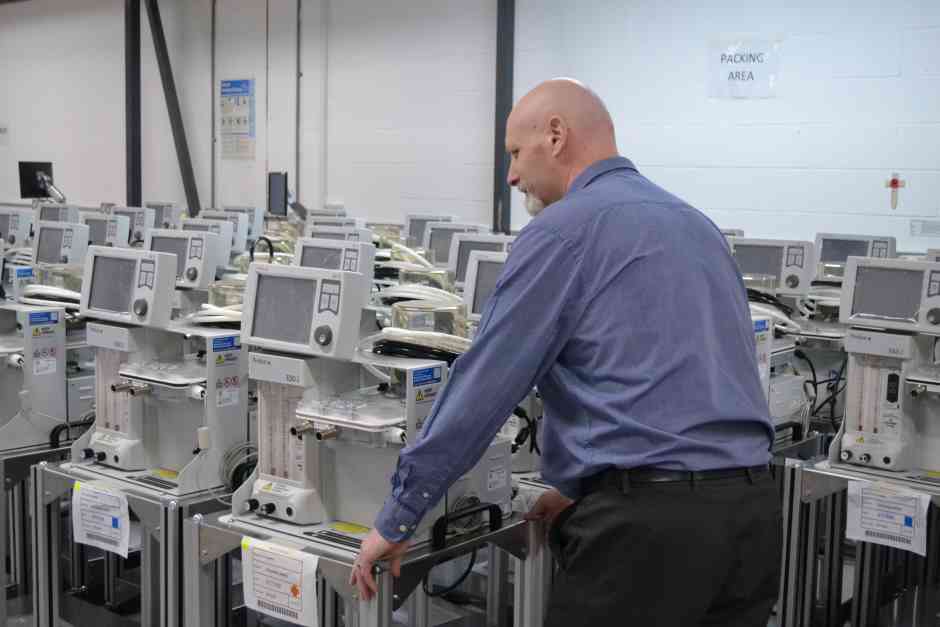Engineers love a challenge. And there are few more striking examples of this appetite in action than the events of April 2020, when teams from almost every corner of the UK’s engineering landscape dropped what they were doing to rapidly work up concepts and designs for urgently needed ventilators.

The offers of help from across the manufacturing spectrum were a humbling reminder of both the importance of engineers at a time of crisis and the UK’s rich pool of engineering talent. But - as previously reported by The Engineer - the push for ventilators quickly coalesced around Ventilator Challenge UK, a consortium of manufacturers which took the sensible decision not to reinvent the wheel, but to scale-up the production of two existing devices: a portable ventilator manufactured by Luton’s Smiths Group and the Prima ESO2, a ventilator design adapted from anaesthesia equipment produced by Oxfordshire medical devices firm Penlon.
Earlier this summer, The Engineer caught up with Penlon’s production engineering manager Paul Merrick, who provided a fascinating glimpse of that intense, nerve-shredding few months when the small firm found itself at the heart of UK manufacturing’s celebrated Covid-19 response.
“I’ve never experienced anything like it before,” said Merrick. “We went from what we’d make in a year [600 units] to making that in two days and ramping it up over seven weeks – it’s incredible what was done to achieve it.”
As one of a handful of UK ventilator manufacturers, Penlon was quick out of the blocks responding to the crisis; immediately ramping up production of its core product – a specialised anesthesia ventilator - at its Oxfordshire site and concentrating on the domestic market. But as a relatively small manufacturer it knew that without a rethink and significant amounts of help it wouldn’t be able to make much of a dent in the huge projected demands. So, when the government call went out for a Rapidly Manufactured Ventilator System (RMVS) it joined forces with the Ventilator Challenge UK Consortium to explore how its device could be adapted for mass manufacture.

This process was primarily about simplifying the design and modifying the system to run for extended periods of time, explained Merrick. “We had to cut some of the complexity out to make it simpler. For instance, normally you’d have a CO2 absorption unit because you don’t want to throw away your expensive anesthetic agent - it goes round and round in a closed circle loop. But that wasn’t required here, we made it much simpler so it’s just constantly feeding through the gas rather than recircling it.”
Other key modifications – such as the removal of a full anesthesia carts – were focused on making the system to easier to transport and manufacture.
At this point, with the design in place, and a handful of new devices assembled and validated at Penlon’s facility, the consortium sprang into action. And the impact of this sudden injection of intellectual horsepower and technical resources was, said Merrick, electric. “On a Friday in late March we were introduced to the consortium, on the Saturday they were in all day; on Sunday I had teams in learning how to build ventilators, and after that it never stopped.”
Penlon’s manufacturing and assembly was then effectively outsourced to scaled up parallel production facilities across the consortium. Ford began making the ventilators; Airbus set up a production line to produce flow meter machines; McLaren pivoted from Formula 1 to medical device trolleys, and specialist electronics manufacturer STI concentrated on the assembly. Critically - in order to ensure that the end product met the carefully regulated standards required for medical devices - all of these companies became an extension of Penlon, working from its instructions and under its quality systems. Final test of all systems was carried out at Penlon HQ.

The resource suddenly available to the Penlon team was, said Merrick, an inspiring illustration of the “can-do” spirit of UK manufacturing. “The word “can’t” doesn’t exist,” he said. “It’s “how can we?” everyone pushes themselves as fast as they can to get it done.” He added that working with the consortium partners, some of whom were more accustomed to satisfying the time-sensitive demands of Formula 1, was a real eye-opener for a firm more used to the relatively measured pace of the medical technology world. “During normal time, one week is the equivalent to one hour at Penlon. Whatever you do in week, you’ve got to do it in an hour. That’s the intensity”.
The achievements of the consortium are now well known: 13,000 devices were delivered the NHS, and whilst – thankfully – many of them haven’t yet been required, the UK is now well equipped should the need arise in the future.
To get to this point in just three months was an astonishing achievement. But, said Merrick, it wasn’t without its challenges.
One major issue, he said, was ramping up the supply chain alongside the manufacturing operation. Many existing suppliers simply didn’t have the capacity to meet this sudden increase in demand, so finding new suppliers, and quickly getting them up to speed on what was required was tricky.
But from Merrick’s point of view, perhaps the biggest issue, was finding ways of rapidly sharing the expert knowledge of Penlon’s small group of engineers across the consortium. “We’re quite a small team here at Penlon and all the knowledge is here so we’re trying to disseminate all of the information across the consortium and there are a few people here who are key to it. There’s nowhere to hide!”
Protecting these “knowledge holders”, and ensuring that they weren’t burnt out by the 24-7 demands of the project was a key priority, and the team was carefully structured to ensure that this critical team of engineers had plenty of support from other member of the consortium. Merrick, for instance, had two McLaren engineers working alongside him throughout.
Technology also played a role here, with Microsoft’s mixed-reality HoloLens technology widely used to enable engineers across the consortium to collaborate and share knowledge remotely. “The Ford engineer would be on the machine and our engineer at Penlon would be talking him through the issues and working with him and saying “you need to change that, you need to do this,” said Merrick. “To be with them directly while they’re working -and see exactly what they’re seeing and be able to talk to them straight away - made a big difference.”

With the urgent government-led push for ventilators officially stood down the team is now able to return to a less frenetic pace of working, and its key staff can start enjoying some well-deserved relaxing weekends.
Nevertheless, Merrick said that there are a number of lessons learned from the experience that will stay with the company for a long time.
Most obviously, the group now has experience of what it takes to rapidly scale up manufacture, and it’s now looking at how these lessons could potentially be applied to the production of a mass market device for export around the world.
Whilst much of this is about the application of technology and processes, none of it would be possible without the people, and Merrick said perhaps the biggest lesson he learned was the strength and versatility of the people around him. “I’ve learned how people react to these sorts of things and how they perform under pressure,” he said. “You don’t really know a person until you’ve worked through one of these situations…that was something that I know the team around me are immensely strong.”
More generally, he feels that the work of the consortium should serve as a reminder of the critical role played by engineers in our society. “We do generally overlook what our engineers do for us and we don’t always respect the name of engineers like other countries do – but without the engineers who made all this happen, put these lines together, put these process plans together, it just wouldn’t have happened. I don’t think there’s a day goes by when we don’t use engineers for something.”




Poll: Should the UK’s railways be renationalised?
I _do_ remember British Rail - and that it was <i>literally</i> a national joke https://youtu.be/zV2lmSDKvO8